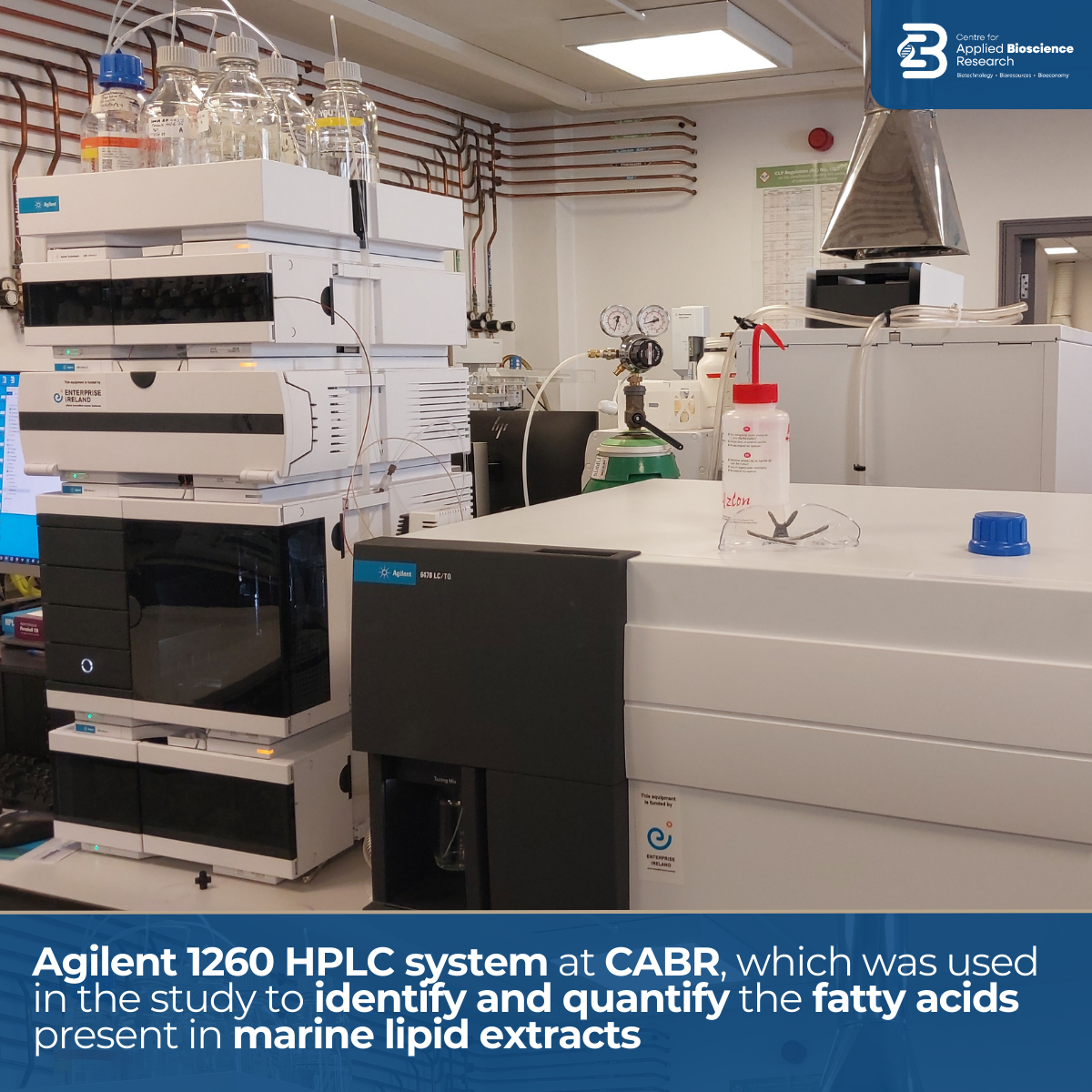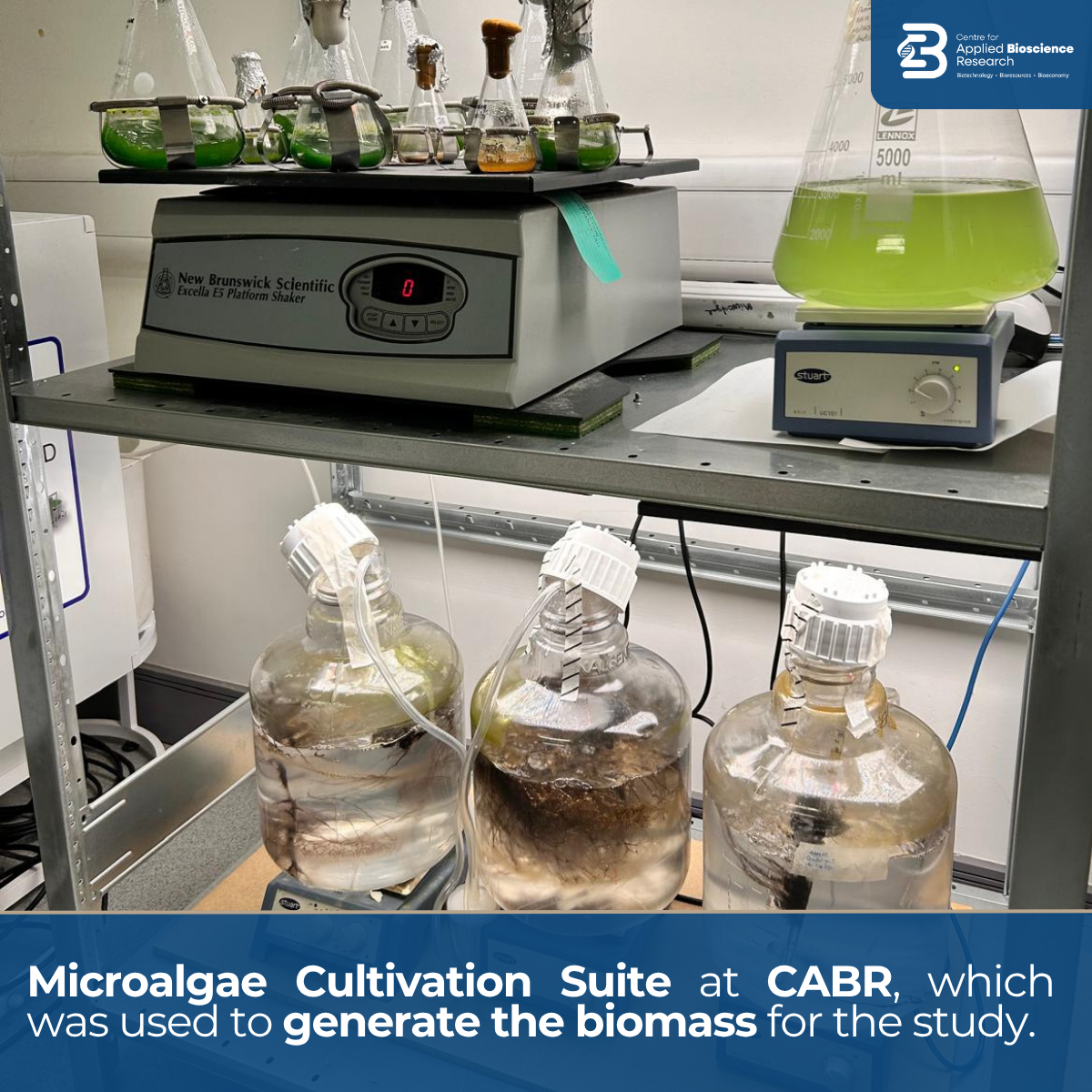What if the fats found in marine microalgae could help protect the brain from diseases like Parkinson’s? (CABR Research Work Spotlight)
That’s the question CABR researchers set out to explore in their latest study.
Working with partners in Portugal, they investigated two Irish marine microalgae, Chlorogloea microcystoides and Phormidium africanum, for their potential to produce bioactive fats that support brain health and reduce inflammation.
What the study found
In laboratory tests, fats extracted from Chlorogloea microcystoides helped protect brain cells from stress and damage. These fats, particularly those rich in oleic, linoleic and linolenic acids, may help reduce brain cell damage associated with Parkinson’s disease. They also reduced inflammation by lowering harmful immune signals (such as IL-6) and boosting beneficial ones (such as IL-10).
These findings suggest that fats from C. microcystoides could one day be used as ingredients in health supplements or treatments aimed at supporting brain health and controlling inflammation.
Meet the research team
The research has been conducted by Dr Katie Shiels, Dr Patrick Murray, and Dr Sushanta Kumar Saha from CABR, in collaboration with Dr Joana Silva, Dr Celso Alves, and Dr Rui Pedrosa (MARE and ARNET, Polytechnic University of Leiria, Portugal).
Equipment used
A key piece of equipment used in this study was the Agilent 1260 HPLC system with a Q-TOF mass spectrometer. This allowed the team to identify and quantify the types and amounts of fatty acids present in the marine lipid extracts. Agilent 1260 HPLC system supports a wide range of bioscience and biotechnology research projects beyond the scope of this study.
Since completing the study, CABR has upgraded its analytical capabilities by replacing the Agilent 1260 HPLC system with the more advanced Agilent 1290 HPLC system. This new setup includes a Q-TOF mass spectrometer (Agilent 6545XT) with a Dual AJS ESI source, enabling more sensitive and precise analysis.
CABR also now has a Microalgae Cultivation Suite for upscaled biomass production, supporting future projects at higher Technology Readiness Levels (TRLs). The biomass used in this study was generated in environmental growth chambers at a small scale.
Interested in exploring collaboration opportunities or learning more about CABR’s research capabilities? Click here to contact us.
Learn More About CABR


